

Exploring our past to sort out myth from reality
Share this Page on
Facebook or Twitter

These are the voyages of the TimeShip Anachron.
Our Mission: To boldly explore the past, dispelling
mythinformation and mythconceptions
of American History along the way.
 Visit us on Facebook
Visit us on Facebook
Meet MythAmerica Series

Pt 1 Pt 2 Pt 3 Pt 4 Pt 5 Pt 6 Pt 7
Walk 1000 Miles in My Moccasins, Part 2
Livin’ the American Dream
Yes, plantation owner Major Ridge of Georgia wasn’t just a Cherokee—he was a Cherokee “chief,” one of three Georgia men often referred to as the “Cherokee Triumvirate” in their younger years in the early 1800s.
When I visited Major Ridge’s beautiful home in 2012 in Rome, Georgia, which now houses the “Chieftain’s Museum,” and heard some of the details of his life from the museum greeter, it shook up a lot of my personal paradigms. I went back home and found myself on the trail of more of his story, to try to sort out the significance of what I had heard.
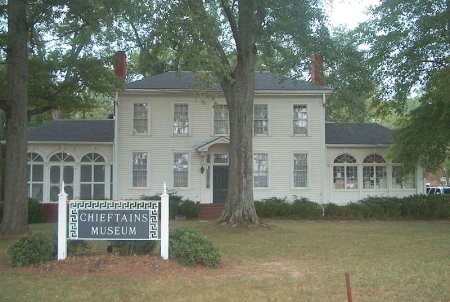
Like many children in the 1950s, I was fascinated with “Indian lore” from an early age. Well, I call it Indian lore because that sounds fancy. Actually it was pseudo-
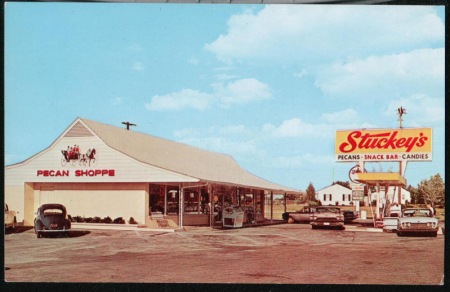
I didn’t care much for the Stuckey’s pecans or candies. My big thrill when we stopped was to wander the aisles looking at all the tacky souvenirs. My granny would be all excited about getting some cutesy—and corny—salt and pepper shakers in the shape of a hillbilly and his wife or some such for her collection. But I headed straight for the “authentic” Indian paraphernalia aimed at kids. Strangely enough, almost every souvenir shop in the USA carried this paraphernalia, whether you were in Florida or California, Michigan or Alabama. For instance, courtesy of Ebay, here’s a ‘50s vintage “authentic Indian Chief’s Headdress” (made in Japan) from a shop in Yellowstone Park.

And there were authentic handmade (in Japan) Indian Tomahawks like this one from a tourist attraction called “Sea Lion Caves” on the Oregon coast.

And no pseudo-
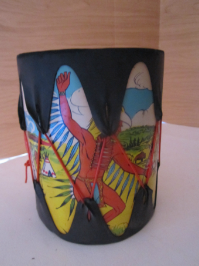
I figured I knew all about Indians. For instance, they lived in Teepees. (Usually spelled more recently as “tipi.”) As a young child I had always lusted after staying overnight in one of the Teepee motel units like those near Cave City, Kentucky.
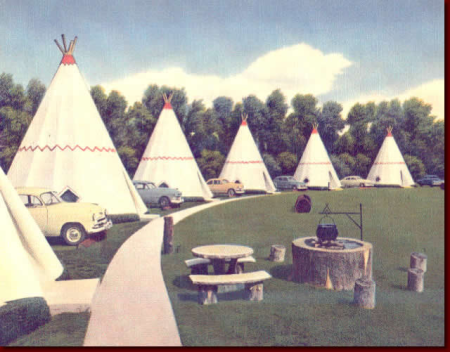
There was a chain seven of these motels around the country, built at various times from 1933 to 1950. Three of them are still in operation.
Well, actually, the pic above shows concrete and steel structures that are definitely modeled after teepees, but the creator of this chain incorrectly referred to them as wigwams. Teepees were portable housing made of poles and skins used in particular by nomadic tribes of the western plains. They could be regularly disassembled, packed up, and drug along to the next camping site. Moving was typically done with a “travois,” a device made of two long poles making a triangle, with a sling between them that held the goods to be hauled. This could be pulled by horse, dog, or human effort.
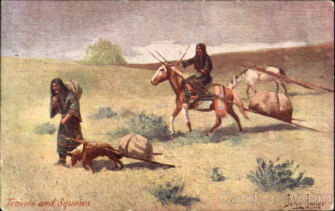
Wigwams, also called wickiups, were non-
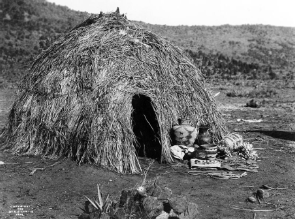
Actually, though, outside of wanting the Indian paraphernalia because it looked cool, I didn’t really want to “play” Indian. From my earliest memories … here at age four, when I lived in Wyoming for a couple of years … I wanted to be a cowboy (well, actually, a cowgirl—like Dale Evans).
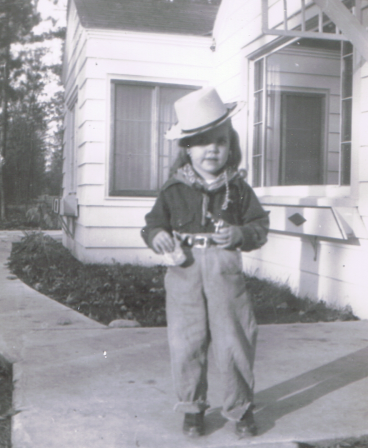
My fascination lasted quite a while. Here I am at eight in Ohio, atop Hopalong Cassidy’s horse “Topper,” who was visiting a local shopping center for a personal appearance.
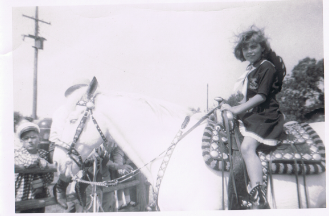
Yes, I liked the idea of being a female cowboy. For, of course, Cowboys were the Good Guys, Indians were the Bad Guys.
I knew this because my favorite movies in my early pre-
The Michigan Theater and the State Theater were big fancy ones that worked hard to imitate the Art Deco beauties of the time in the big cities. They had large marquees, big lobbies with chandeliers, spotless restrooms, plush seats in the theater itself, and beautiful murals with twinkling stars on the walls and ceiling. And they played the latest Hollywood blockbusters with the famous actors and actresses of the time.
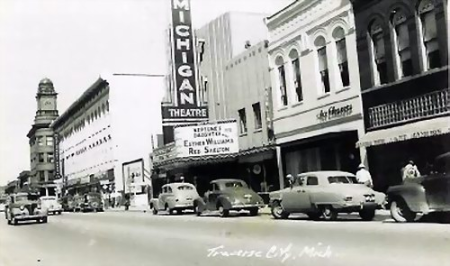
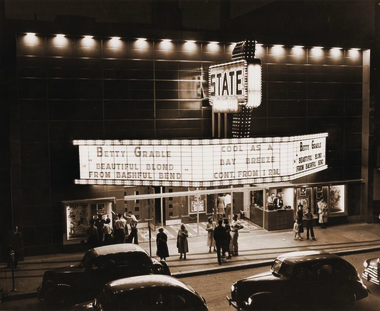
Down at the shabby end of the main street and on the “wrong side of the street” near the shadier businesses like bars, was the Tra-
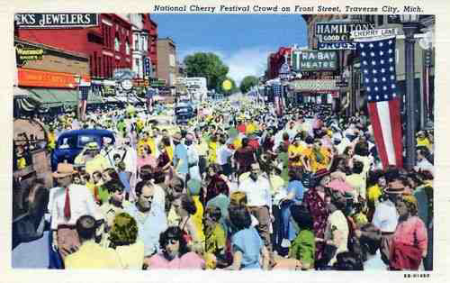
It was much smaller and had none of the luxuries of the other theaters. It was, to put it kindly, grubby. It was the inexpensive choice of the migrant Mexican farmworkers who came to town in the summer to pick the cherries in the orchards that surrounded the town.
And the inexpensive choice of my grandfather—because this is where you went to see the B-
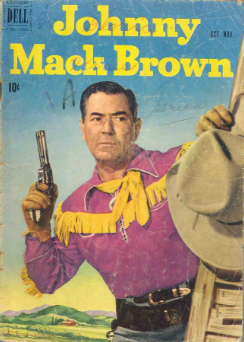

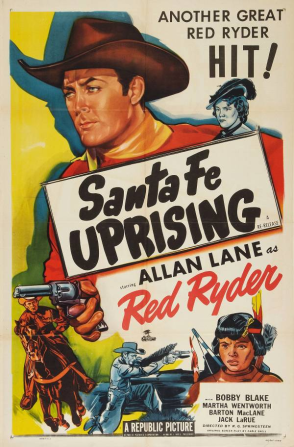
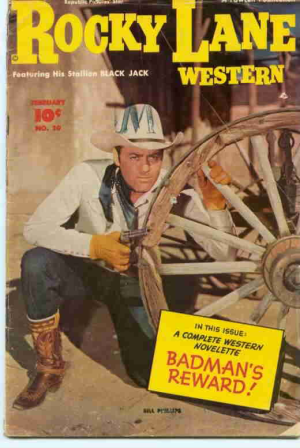
Yes, many of these movies featured Indians in the story lines.
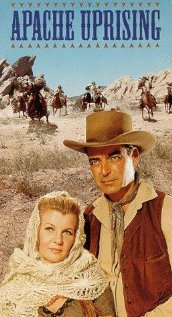
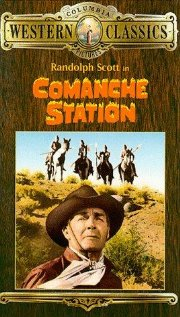
This is no doubt where I first learned about “circling the wagons,” and the fact that the job of cowboys (and the “cavalry”) was to fight off the Indians who were attacking the innocent people in those wagons, who were on their way somewhere to Start a New Life.
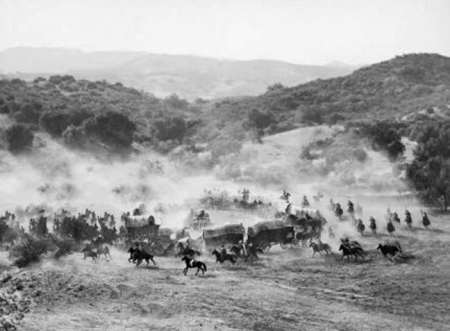
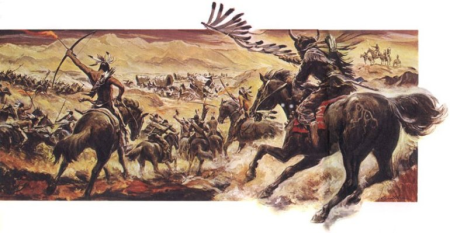
At that young age, I had no real conception of what an “Indian” was, no conception of the history of “Native Americans,” no conception that there were a large number of totally different tribes all over the North American continent, no idea that they had widely differing lifestyles and cultures. And no idea of what…ahem…happened to them. (For obviously none of them were ever seen walking down the street in our town, with headdresses on and letting out War Whoops. They were, just like old-
No, I knew none of that. I just knew that Indians were the Bad Guys when you played Cowboys and Indians. Like the Robbers when you played Cops and Robbers.
My paradigm on that changed just a tiny bit over the years. I read a few things in my grade school and high school history books about Indians. Including a few names of non-
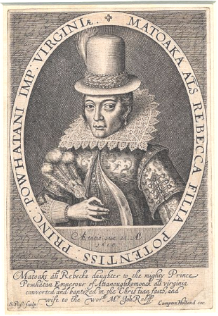
Not quite like the Disney version, eh? She had by then married an Englishman and was in England at the time of this portrait, where she died a year later at age 22.
But of course I didn’t see that picture until I began work on this Special Report, and found it on Wikipedia. I’m sure the illustrations in my childhood history textbooks of Pocahontas looked a whole lot more like Disney’s versions. Although I’m pretty sure they weren’t nearly as glamorous and sexy.
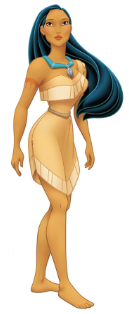
Other slight changes in my paradigm came from going to the other movie theaters in town. For actually, Hollywood took enough interest in Westerns that there were quite a few that featured actual stars and were big box office hits. They featured Indian characters too … but almost never played by actual Indians.
Here’s the real Geronimo, who was an Apache.
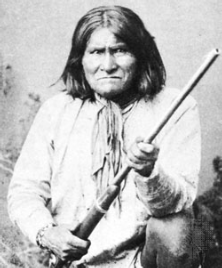
Then there’s the Hollywood version of an Apache. As played by Burt Lancaster, whose ethnic roots were British.
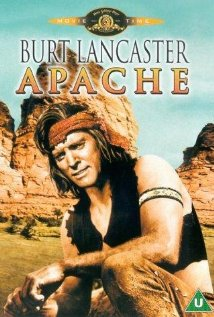
Or how about the Apache warrior Cochise, played here by Michael Ansara on the 1950s TV series Broken Arrow?
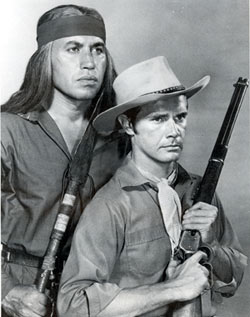
Ansara (who was at one time married to Barbara Eden … Jeannie of the I Dream of Jeannie sitcom) was born in Syria. But he has that “vaguely undefinable ethnic” look that makes for fitting just about any “non-
Including that of Kang in Star Trek (TOS), Star Trek Deep Space Nine, and Star Trek Voyager.
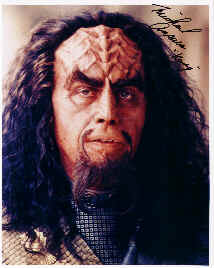
This is not to say that no person of Native (North) American background has ever played an Indian in movies or TV. For of course there is everyone’s favorite Good Guy Indian, Tonto.
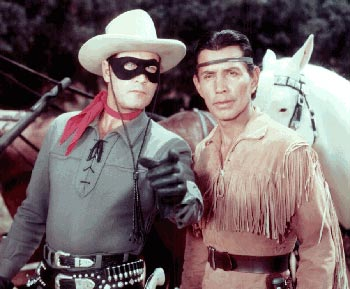
Tonto was played on the radio version of the Lone Ranger by a British actor. But in the movies and TV series, he was portrayed by Jay Silverheels, a Canadian Mohawk. The story line of the Lone Ranger, which takes place in Texas, has Tonto being a Potawatomie Indian. An odd choice, since the Potawatomies were natives of Michigan—turns out the series creator was from Michigan, and I guess he just wrote about what he knew.
Silverheels played many Indians from many tribes over the years. He was no doubt just grateful to be working in a field that pretty much had always ignored Native Americans when it needed to portray…a Native American.
Television actor Silverheels was not above making a little fun of the character himself, as in a classic sketch on The Tonight Show Starring Johnny Carson with Carson playing a career counselor and Silverheels playing Tonto looking for a new job after working “thirty lousy years” as the Lone Ranger’s faithful sidekick. When asked why he was looking for a new job, Tonto replies, “Him finally find out what Kemo Sabe means! [Source]
There was another actor who played a variety of tribesmen too because he had that same vague ethnicity that Michael Ansara spun into a long career. He was Mexican American, but he played just about any “swarthy” ethnic person you needed. Yes, Anthony Quinn played everything from a Greek in Zorba the Greek and a Bedouin Arab in Lawrence of Arabia to an Eskimo in The Savage Innocents.
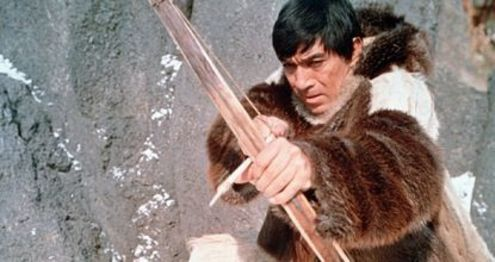
(Did you know that the title of Bob Dylan’s song “The Mighty Quinn” … “when Quinn the Eskimo gets here, everybody’s gonna jump for joy”… made popular by Manfred Mann in 1967 was indeed named after Quinn’s part in that Eskimo-
And thus Quinn also played Indians. Including Chief Crazy Horse (Sioux) at the Battle of Little Big Horn opposite Errol Flynn as Custer in They Died With Their Boots On. And Chief Yellow Hand (Cheyenne) opposite Joel McCrea as Buffalo Bill in Buffalo Bill.
Oh … and here’s a good one. In 1953 Quinn was cast as Chief Osceola in Seminole (about the Seminole wars in Florida before the Civil War), opposite Rock Hudson as a Cavalry Lieutenant. And then in 1954, the Hollywood powers that be did a strange flip and cast Rock Hudson as an Apache in Taza, Son of Cochise!
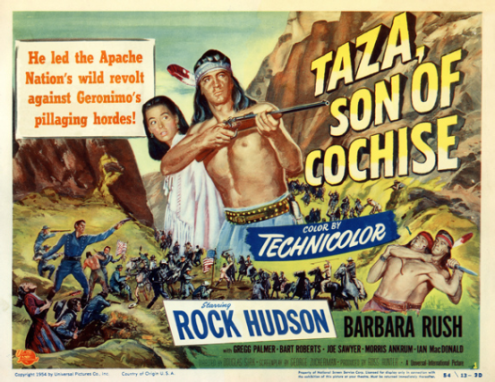
What were they THINKING of?? Rock Hudson’s ethnic background was English/Irish/German/Swiss.
Moving outside the world of entertainment media, the topic of the actual history of “Native Americans”—from a Native American point of view—has gained at least a bit of publicity in recent decades. But back in the 1960s when I was in high school and college, American history courses and textbooks had very little to say about any of it, other than a few perfunctory remarks about Custer’s Last Stand and such. So almost all that I knew about Indians continued to be tidbits picked up here and there in movies and TV shows.
There was a flurry of public interest in the topic during the early 1970s as a result of American Indian activism (the Indian version of the Civil Rights movement). A number of protests made headlines for a short time.
American Indian Movement (AIM)
As had civil rights and antiwar activists, AIM used the American press and media to present its message to the United States public. It created events to attract the press. If successful, news outlets would seek out AIM spokespersons for interviews. Rather than relying on traditional lobbying efforts, AIM took its message directly to the American public. Its leaders looked for opportunities to gain publicity. Sound bites such as the “AIM Song” became associated with the movement.
Events
During ceremonies on Thanksgiving Day 1970 to commemorate the 350th anniversary of the Pilgrims’ landing at Plymouth Rock, AIM seized the replica of the Mayflower in Boston. In 1971, members occupied Mount Rushmore for a few days, as it was created in the Black Hills of South Dakota, long sacred to the Lakota. This area was within the Great Sioux Reservation as created by the US Treaty of Fort Laramie in 1868. After the discovery of gold, the federal government took the land in 1877 and sold it for mining and settlement to European Americans.
But without the large numbers of protestors, such as the African American community was able to mobilize nationwide for Civil Rights protests in the late 50s and throughout the 60s, the Indian Movement had little lasting impact on the perspective of most non-
And that seems to be not a lot less than what their parents and grandparents know. Oh, I’m sure that there is a minority in all of these generations who are maybe “history geeks,” who actually have watched PBS historical documentaries on Native American history. And have even read books on the topic. Maybe that describes you. Maybe you already know more than most about these matters. If so, I still hope you will find some little-
But for now…back to Major Ridge and his Cherokee people.
The Cherokee are a Native American people historically settled in the Southeastern United States (principally Georgia, the Carolinas, and East Tennessee)…They began to have contact with European traders in the 18th century.
… The traders and British government agents dealing with the Southern tribes in general and the Cherokee in particular were nearly all of Scottish extraction, especially from the Highlands, though a few were Scots-
This connection with the Scottish Highlanders (think bagpipes and tartan plaids…) seems a bit odd. But some historians have had plausible theories for why this was so. Some of the information below, from the Wikipedia article on “Scottish Indian Trade” was repeated to me by the greeter at the Chieftains museum.
There were several reasons why Scots were able to make inroads into the Indian trade. One reason was due to similarities in culture and dress between the Indians and Scots. This is evidenced by the recollection, quoted by Cashin, that “the Indians were greatly attached to the Highlanders … because of their wild manners, of their manly sports, of their eastern costume, so much resembling their own” . This together with similarly structured societies, based in both cases upon clan or tribal ties and bonds of kinship, is thought to have led to a greater trust and willingness to trade and socialize with the Scots ahead of other traders with little in common to themselves.
Cultural adaptation
The willingness of Scots traders to accept and take advantage of Indian customs was also important and is typified by their willingness to live in Indian villages and take Indian wives. This is in contrast to their main competitors, French traders, who generally did not marry among their customers. This cut the French off from one of the main advantages of Scottish traders, that of acceptance into an Indian clan. They gained a network of kin and customers within that clan and superior information from their wives as to the state of affairs, needs and political developments of their Indian clans. These were profound advantages for those involved in the Indian trade as they ensured a connection to the kinfolk of his wife in the various villages he might be trading with, thus providing protection against ill treatment and a guaranteed customer base.
… As Martin states, “Scottish resident traders, most of them with Native American wives and offspring, connected themselves to the existing culture instead of proscribing or attacking it”. This policy worked so well that by the American Revolution, numerous Native American chiefs were of mixed Indian and Scottish descent…
Remember that “Cherokee Triumvirate” mentioned in the previous entry in this series?
Along with Charles R. Hicks and James Vann, Ridge was part of the “Cherokee triumvirate,” a group of younger chiefs in the early nineteenth century Cherokee Nation who supported acculturation and other changes in how the people dealt with the United States. All were of mixed race and had some exposure to European-
Major Ridge’s father was believed to have been a full-
In the 19th century, white settlers in the United States called the Cherokee one of the “Five Civilized Tribes”, because they had assimilated numerous cultural and technological practices of European American settlers. The Cherokee were one of the first, if not the first, major non-
Major Ridge’s “acculturated” ways weren’t unique to him.
Hicks eventually accepted Christianity and was baptized on April 8, 1813 by Moravian missionaries as Charles Renatus (“Born Again”) Hicks. His wife was baptized the next day. As the Moravians recognized the Cherokee had a matrilineal society, they were glad to have converted a Cherokee mother, expecting her to influence her children. [He later supported a Moravian mission school in Cherokee territory to educate the Cherokee children.]
Hicks was extremely well-
And Ridge wasn’t the only one with a mansion, plantation, ferry, and trading post.
Vann became the richest man in the Cherokee Nation, and possibly in the entire eastern U.S. at the time. As a result of his favorable negotiations for access and land when the US government built the Federal Road, Vann built his Diamond Hill mansion, a two-
Vann created a ferry across the nearby Conasauga River, and built a tavern and store nearby to supply locals and travelers. He also owned Vann’s ferry, which crossed the Chattahoochee River near present-
He held more than 100 slaves and hundreds of acres of plantation. He also owned land at the mouth of Ooltewah (Wolftever) Creek in present-
A story was recounted about Vann’s wealth. Return J. Meigs, Jr., the US Indian Agent to the Cherokee living at Cherokee Agency (now Calhoun, Tennessee), found the government had misrouted its annuity payment to the nation (for lands surrendered in treaty) to New Orleans. Meigs turned to Vann for help. Vann paid the annuity in full from his own funds and could wait for Meigs to pay him back after he had received the original annuity. [Source]
The “Chief Vann House” is still standing, near Chatsworth, Georgia, and is a Georgia Historic Site, with an “Interpretive Center” next door.
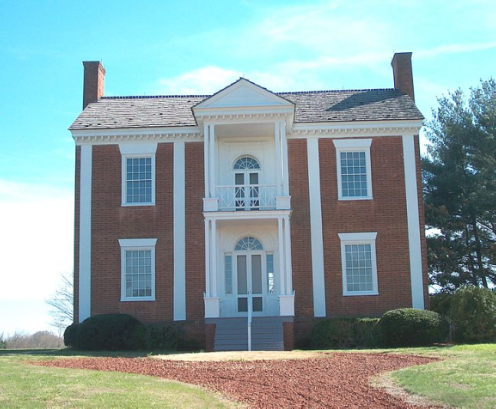
In addition to the blacksmith shop, the 800-
The Vann house was inherited by Vann’s son, who became known as Joseph “Rich Joe” Vann.
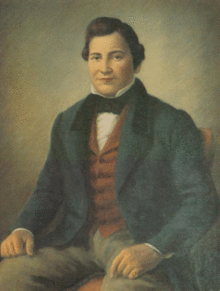
There were a number of other famous Cherokee men of this time period. I’d never heard of Ridge, Hicks, or Vann until recent times. But there was a name that I do remember from my childhood.
I remember it because it was on a “trivet” (a sort of “ceramic hot pad” for pots) that my mother had picked up at some souvenir shop on one of our vacations. I see from the Web that a whole lot of moms bought these back in the 1950s or 60s! Many of them, exactly like my mom’s, other than being in different colors, are for sale on Ebay now. Here’s a pic of one of those, since my mom’s was sold away in a yard sale long ago.
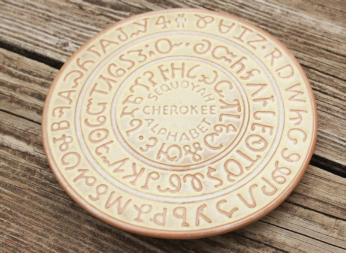
On the front it says that the decorative embellishments are the “Cherokee Alphabet.” (I recently learned that this isn’t quite correct—what it is, is the Cherokee “syllabary.”) And it connects it with someone named “Sequoyah.” I didn’t really know much else about Sequoyah until I looked into his history lately. As usual, he had a Cherokee mother—and possibly a Scots fur trader father, although records are sketchy on this. In any event, as usual, he was brought up in the Cherokee culture of his mother’s “Red Paint Clan.”
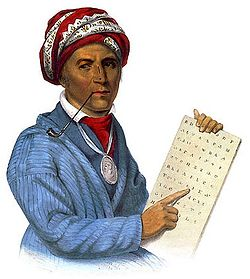
He also had a connection to Major Ridge—both fought with the Cherokee Regiment in the Battle of Horseshoe Bend, assisting the East Tennessee Militia troops of Andrew Jackson. Sequoyah went by the English name George Guess.
In 1813 George Guess (Sequoyah) served as one of the warriors of the Cherokee Regiment (Col. Gideon Morgan, Commander) at the Battle of Horseshoe Bend against the “Red Sticks” (Creek, or Muskogee, renegades).
As a silversmith, Sequoyah dealt regularly with whites who had settled in the area. The Cherokee were impressed by their writing, referring to their correspondence as “talking leaves.” Around 1809, Sequoyah began work to create a system of writing for the Cherokee language. At first he sought to create a character for each word in the language. He spent a year on this effort, leaving his fields unplanted, so that his friends and neighbors thought he had lost his mind. His wife is said to have burned his initial work, believing it to be witchcraft.
Sequoyah did not succeed until he gave up trying to represent entire words and developed a symbol for each syllable in the language. After approximately a month, he had a system of 86 characters, some of which were Latin letters which he obtained from a spelling book. “In their present form, many of the syllabary characters resemble Roman, Cyrillic or Greek letters or Arabic numerals,” says Janine Scancarelli, a scholar of Cherokee writing, “but there is no apparent relationship between their sounds in other languages and in Cherokee.”
Unable to find adults willing to learn the syllabary, he taught it to his daughter, Ayokeh (also spelled Ayoka).He traveled to the Indian Reserves in the Arkansaw Territory where some Cherokee had settled. When he tried to convince the local leaders of the syllabary’s usefulness, they doubted him, believing that the symbols were merely ad hoc reminders. Sequoyah asked each to say a word, which he wrote down, and then called his daughter in to read the words back. This demonstration convinced the leaders to let him teach the syllabary to a few more people. This took several months, during which it was rumored that he might be using the students for sorcery. After completing the lessons, Sequoyah wrote a dictated letter to each student, and read a dictated response. This test convinced the western Cherokee that he had created a practical writing system.
When Sequoyah returned east, he brought a sealed envelope containing a written speech from one of the Arkansas Cherokee leaders. By reading this speech, he convinced the eastern Cherokee also to learn the system, after which it spread rapidly. In 1825 the Cherokee Nation officially adopted the writing system. From 1828 to 1834, American missionaries assisted the Cherokee in using Sequoyah’s syllabary to develop type characters and print the Cherokee Phoenix, the first newspaper of the Cherokee Nation, with text in both Cherokee and English. [Source]
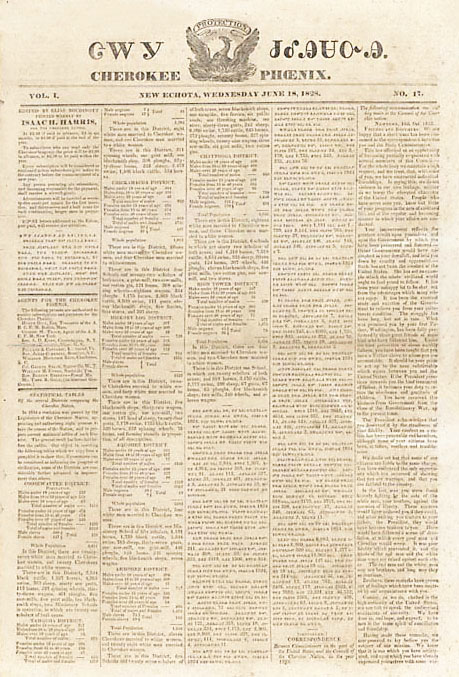
This is more than an item of “passing interest,” but rather a monumental accomplishment!
This was the only time in recorded history that a member of a non-
Yes, by the 1820s, the Cherokee Nation in general was on its way to being more and more like the “white settlers.”
The early 19th century was a new era for the Cherokee Indians. Discarding their traditional clan system of ruling a tribe, they adopted a government similar to that of the United States. Their nation was divided into eight districts, and a legislature was established to make laws and approve treaties. Four delegates from each district were elected to the lower house, called the National Council. This body chose the 12 members of the upper house called the National Committee and selected the top level officers: principal chief, assistant principal chief and treasurer.
During the fall of 1819, the Cherokee Council began holding their annual meetings in Newtown, a small community located at the junction of the Coosawattee and Conasauga rivers in present-
New Echota was a planned community laid out by Cherokee surveyors. By 1830, the town had approximately 50 residents, a main street that was 60 feet wide, side streets that were 50 feet wide, 100 one-
The location, 30 miles east of Rome and Major Ridge’s house, is now a Georgia State Historical site. Two buildings from the actual time period are there, and a number of others have been reconstructed from records.
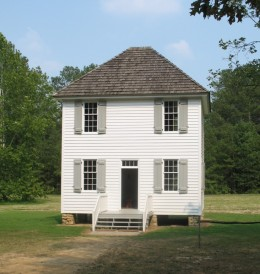
Reconstructed Supreme Court Building
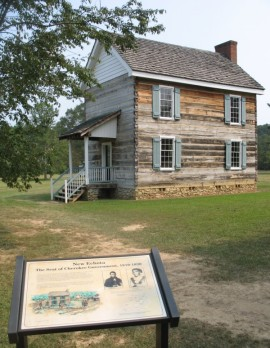
Reconstructed Council Building
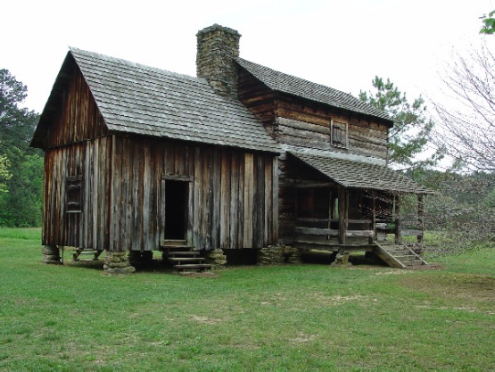
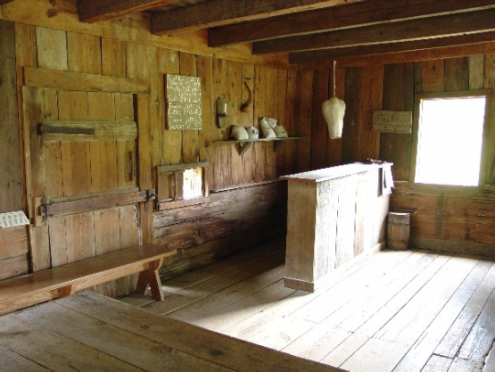
Inside and outside of the original Rich Joe Vann’s Tavern
(moved here from a nearby location)

Original Samuel Worcester’s House
Worcester was a Congregational minister from Vermont who became a missionary to the Cherokees in New Echota.
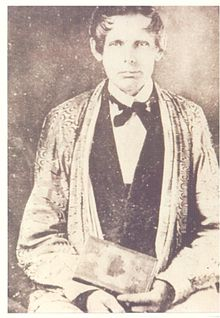
He had studied printing with his father as a youth, and aided Major Ridge’s nephew Elias Boudinot in setting up the Cherokee Phoenix newspaper office in New Echota. Through his missionary connection he arranged for funds to build the office, buy a printing press and ink, and make the castings for the “type face” necessary to print Sequoyah’s syllabary characters.
As the PBS Documentary series American Experience put it in its “We Shall Remain” episode about the Cherokee:
Theda Perdue, historian: The United States at the end of the American Revolution developed a policy called civilization. It helped fund missionary organizations to go into the Indian nations, particularly in the south, and teach Indians how to be Anglo Americans: how to grow wheat instead of corn; how to eat meals at regular times instead of when they were hungry; how to dress in European clothing; how to speak the English language; how to pray in church at designated times; how to live the kind of life that Anglo Americans believed was a civilized life.
Gayle Ross, descendant of Chief John Ross [he was "Principal Chief" of the Cherokee, an associate of Ridge, Hicks, and Vann]: The promises of the United States Government were that if the Cherokees, the Creeks, the Choctaws, the Seminoles, the Chickasaws could somehow assimilate ways of living that were more like their white neighbors that they could be the political and social equal of their white neighbors. Literally Thomas Jefferson once assured the Indian leaders in a speech that he believed they could become the equal of white people.
Narrator: “You will unite yourselves with us,” President Jefferson said, “join our great councils and form one people with us. And we shall all be Americans. You will mix with us by marriage. Your blood will run within our veins and will spread with us over this great continent.”
And the Cherokees had kept their part of the “bargain.” Their leading men had become successful entrepreneurs and built fine homes. They had even begun wearing the high collars and dark suitcoats and cravats of the American uppercrust, to match their wives, who had begun wearing the latest styles in “Anglo” women’s clothing. Such as is seen in this typical ensemble displayed at Major Ridge’s home, showing how he and his wife dressed in the 1830s.
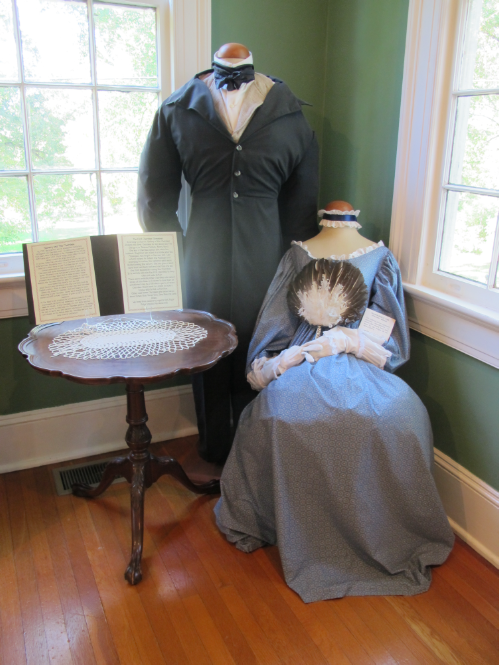
Those who prospered bought china from England for their dinner tables and books in English for their growing libraries. They were, indeed, Livin’ the American Dream!
But then came the Game Changer.
Gold was discovered in North Georgia.
And Major Ridge and his well-
But not quite in the way they had expected.